{FREE} Function Representations Sort: Small Group Activity
Looking for a fun way to explore relations and functions with your students? This function representations sort is an easy way to get students talking and comparing functions.
One of my biggest goals when teaching functions is to help students understand that functions can be represented in multiple ways. To help them make connections between a table, a graph and an equation. That describing a situation in words can then be translated into math language (but still mean the same thing!). A lot of times, I see students get hung up on abstract equations, unsure what to do with them. But if we can help students see how visuals such as tables (and ordered pairs) and graphs relate back to the equation or a very simple description, we can deepen their understanding and build a bridge from the concrete to the abstract. That’s why I use this function representations sort to introduce this idea to students.
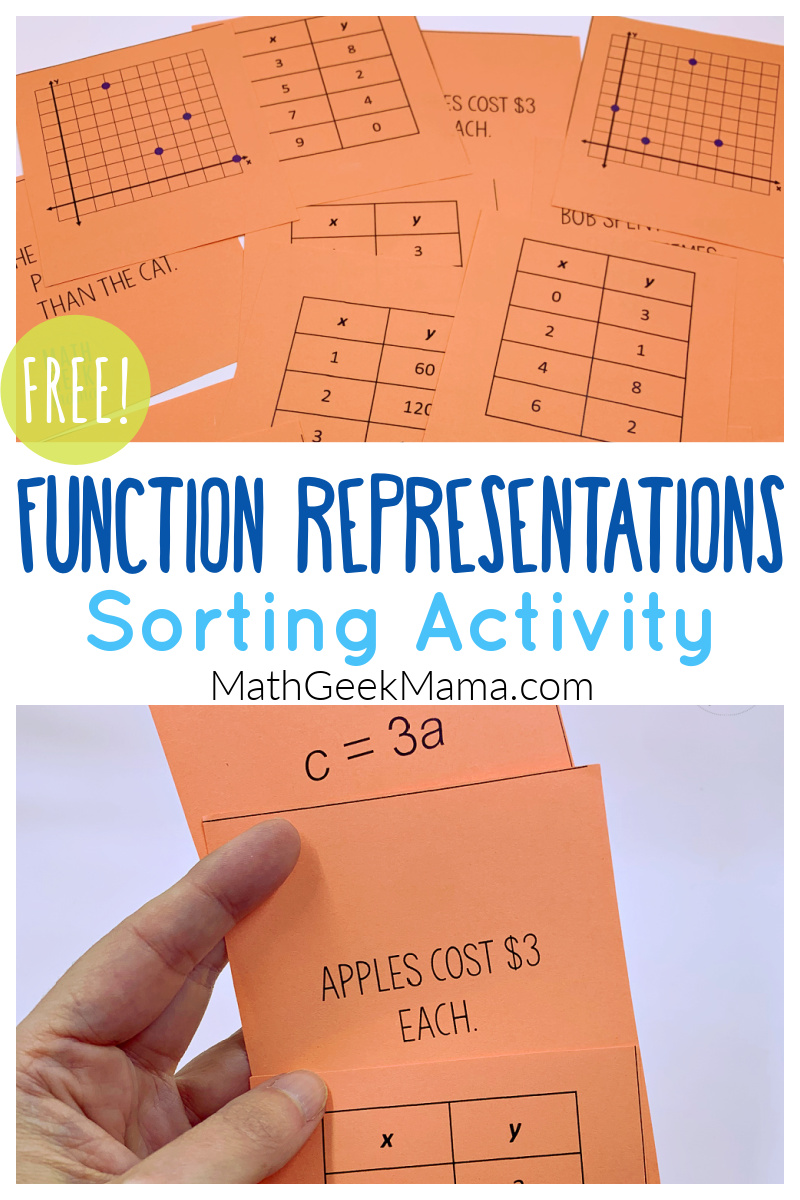
Understanding Function Representations
First, it’s helpful to understand different ways to represent functions ourselves. Functions can be represented in many ways, such as:
- List of ordered pairs
- A table
- Graph on the coordinate plane
- Equation
- Description in words
I love thinking about and seeing functions in lots of different ways because it can help me notice something (some pattern or relationship) about that function that would be missed with just one representation.
But I also love to help students make these connections because they can often see each of these representations completely independent of one another, missing out on the patterns and relationships.
So before I ever use the word function or try to explain what it is and what it looks like, I give students this function representations sorting activity to let them notice and explore on their own.
Prepping the Function Representations Sort:
This sorting challenge includes 8 matching sets of relations. Each set includes 3 different representations.
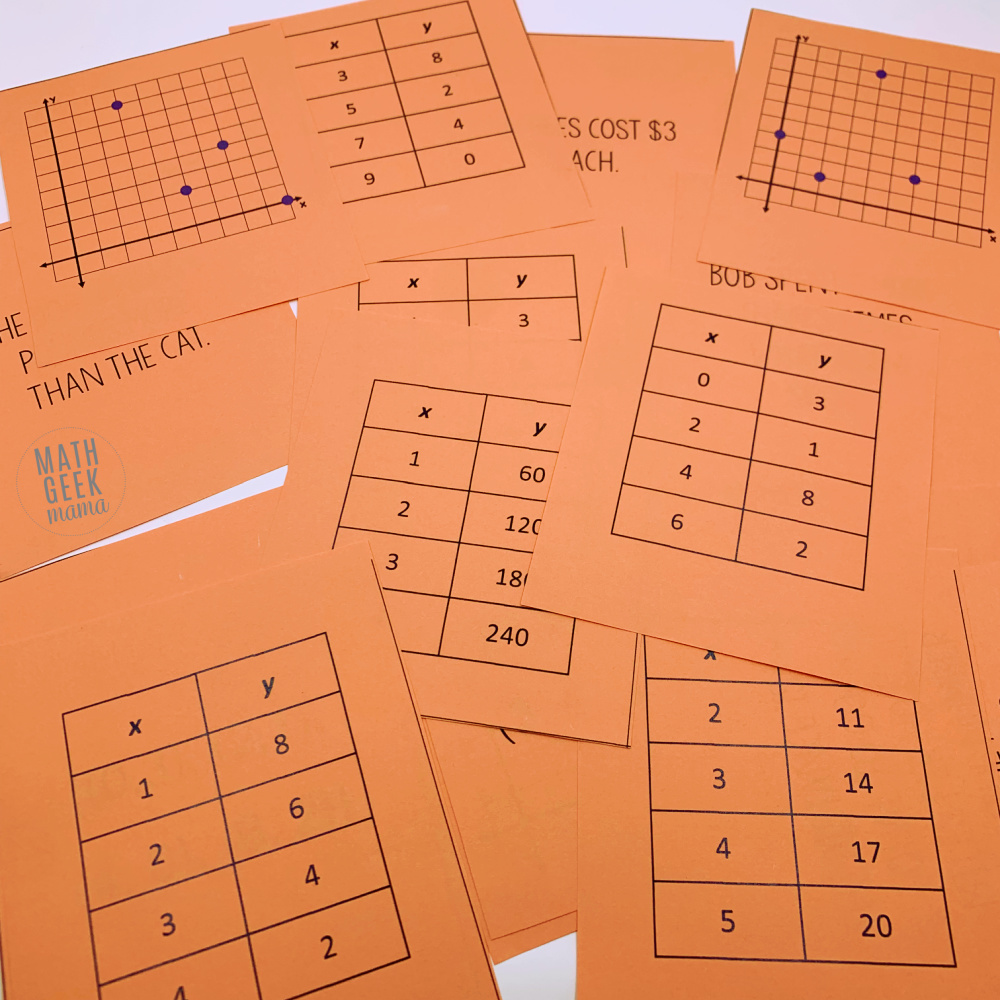
To prep this activity, print the matching sets on card stock paper. I printed multiple sets so I could put students into small groups to sort and discuss.
To help keep track of the different sets and make sure all matches stayed together, I printed each set on different colored paper. That way one group got a blue set, for example, and I know all the blue cards stay together, etc.
After printing the cards (4 pages), cut out all the cards and mix them up.
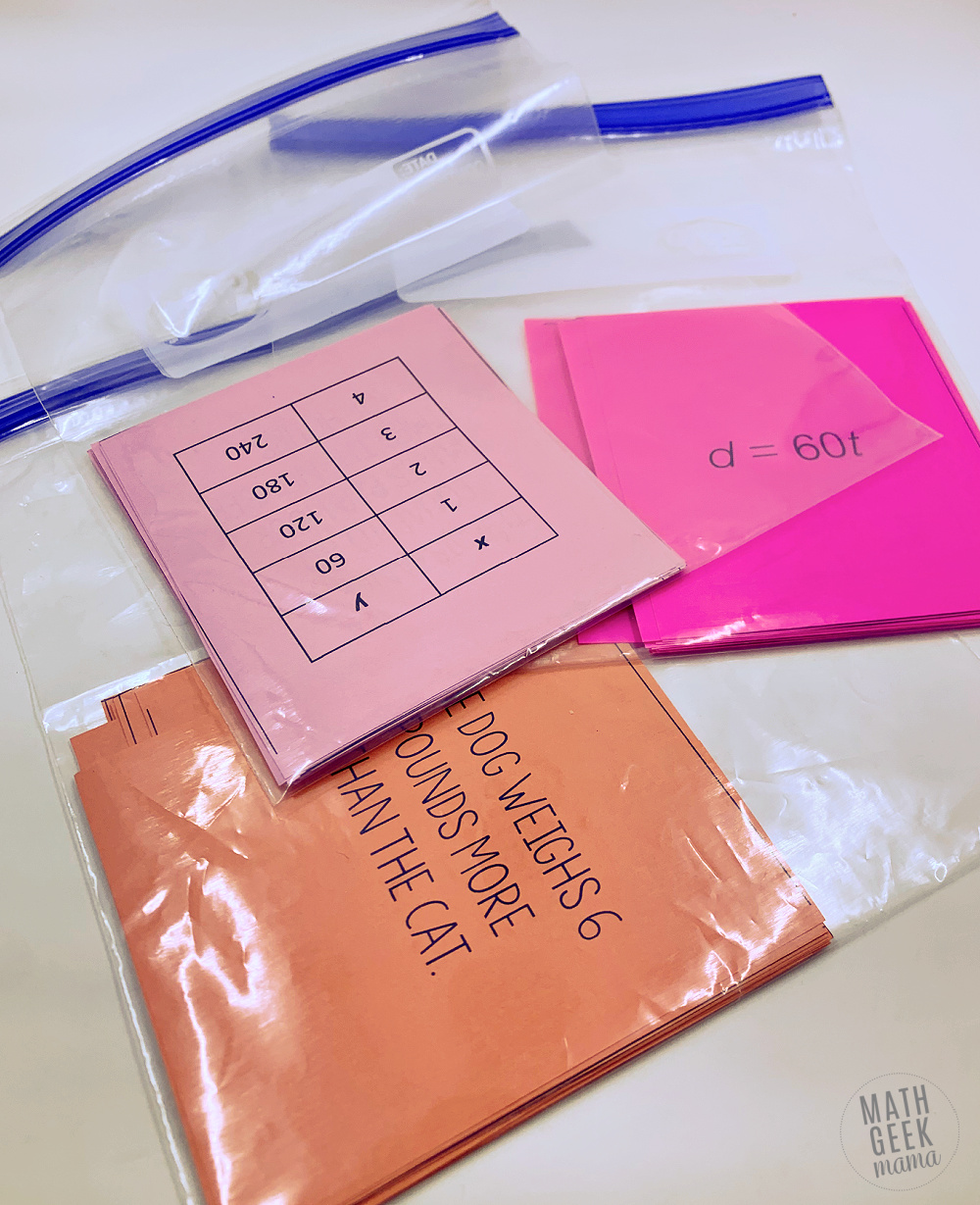
Then you’re all set to share it with your students!
How to Use the Functions Activity with Students:
Again, I recommend putting students into small groups of 3 or 4 and giving one set to each group.
Then tell students they are looking for sets of 3.
And that’s it! I don’t give them any other information. I don’t tell them what constitutes a match. I don’t explain what any of the representations are. I just tell them to look for sets of 3 and be ready to justify their choices.
As groups work together to look at the different cards & discuss their observations and thoughts, go around the room to listen.
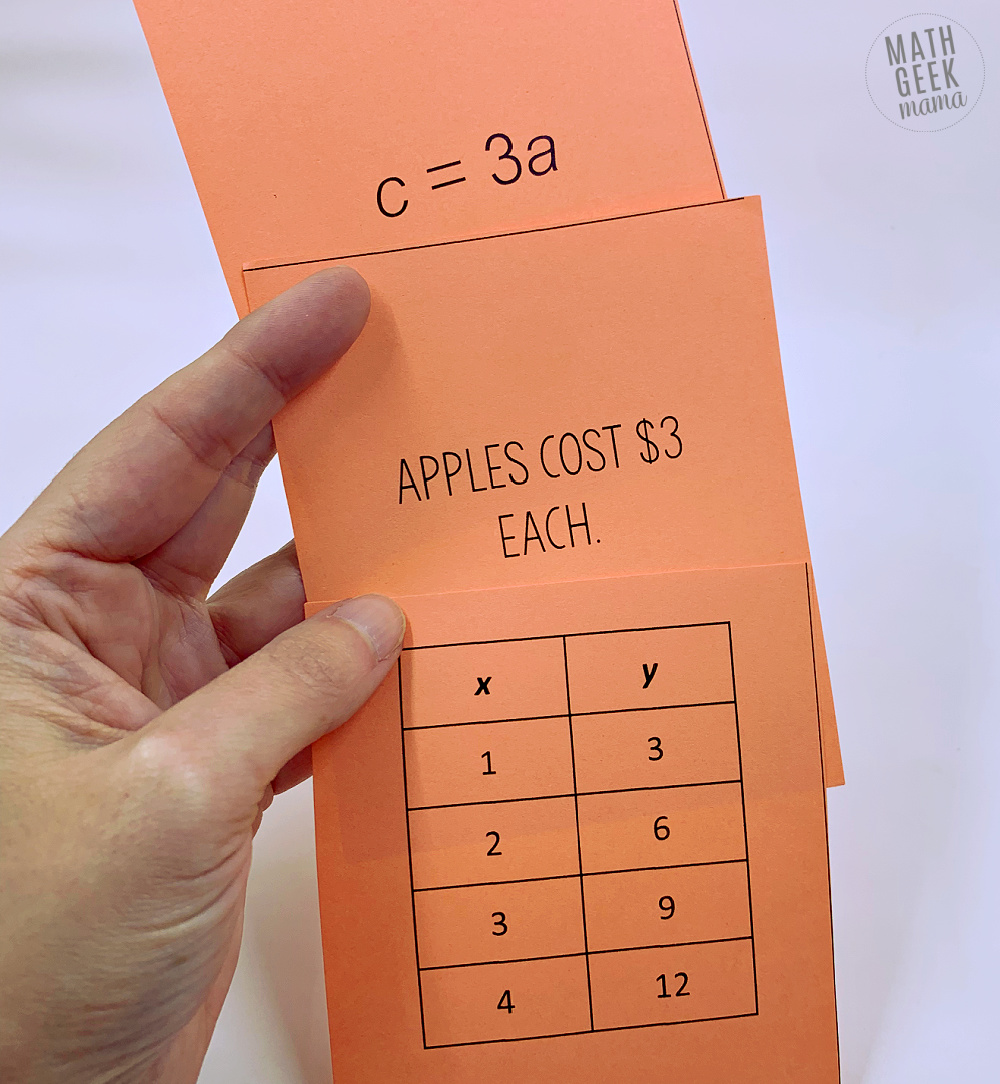
If a group is stuck, encourage them to start with a set of ordered pairs, because that it likely going to be a familiar representation. What do they know then about ordered pairs? (They are points on the coordinate plane). Can you find a card with those points plotted on the plane?
Hearing the way students talk about the different relations with their group will give you a sense of what they already know, how they’re thinking about these things and what misconceptions they might have.
Discuss and Compare Functions Together:
Once all groups have found 8 sets of 3 cards (whether or not they’ve correctly matched them), spend some time discussing their thoughts as a whole class.
As students begin to share their matches, ask them to justify their thinking in some way. How can they explain, show or prove that they did indeed match equivalent representations?
What are some of the things they looked for as they tried to sort the relations?
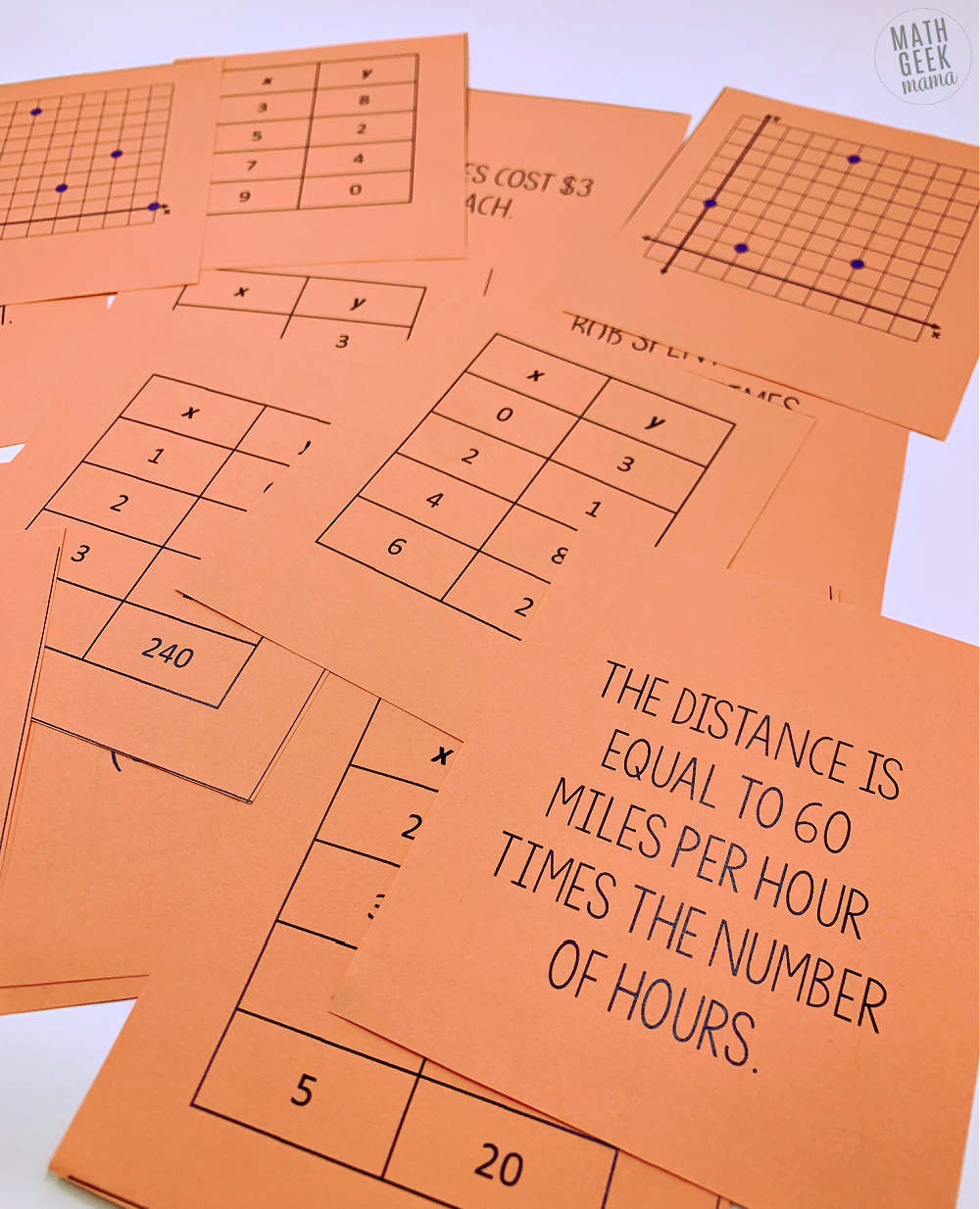
Here are some additional questions to consider together:
- What do you think they graph would look like? (for the functions that don’t have a graph)
- How would the graph for one of the equations be the same or different than the graphs for the sets of ordered pairs?
- Can you extend one of the tables to list more points? How?
- What do the variables mean in the equations and how do they relate to x and y in the table?
Of course, you can add whatever additional discussion questions come up in your class and extend this to whatever else you want to explore as it relates to functions!
Love this idea? This game was originally created for Math Geek Mama+ members. If you want instant access to games like this and so much more, check it out today!
LEARN MORE ABOUT MATH GEEK MAMA+ HERE!
But I hope this provides a fun and super easy starting point that gets your kids talking and noticing things.
Ready to try this out with your students? Use the link below to grab it FREE in my shop!

{Click HERE to go to my shop and grab the FREE Function Representations Sort Activity}
Looking for more resources for middle school math? Try one of these!


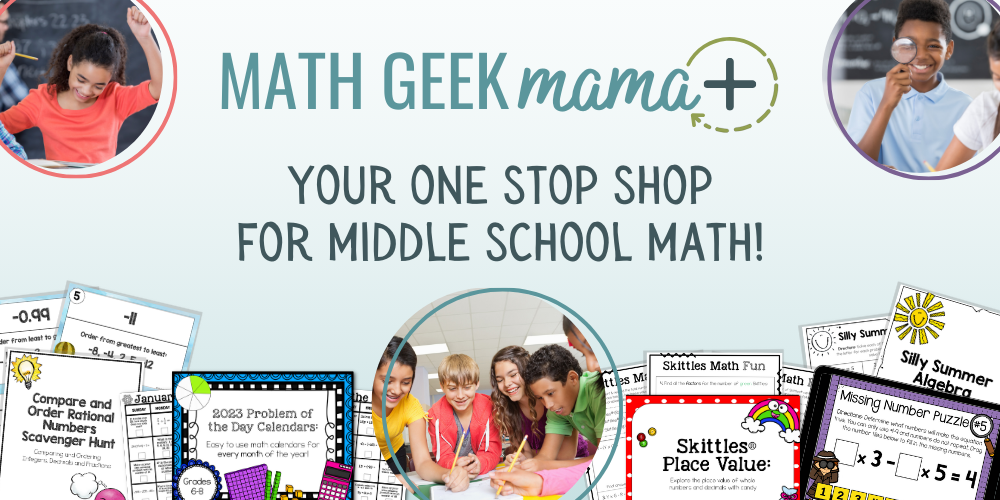
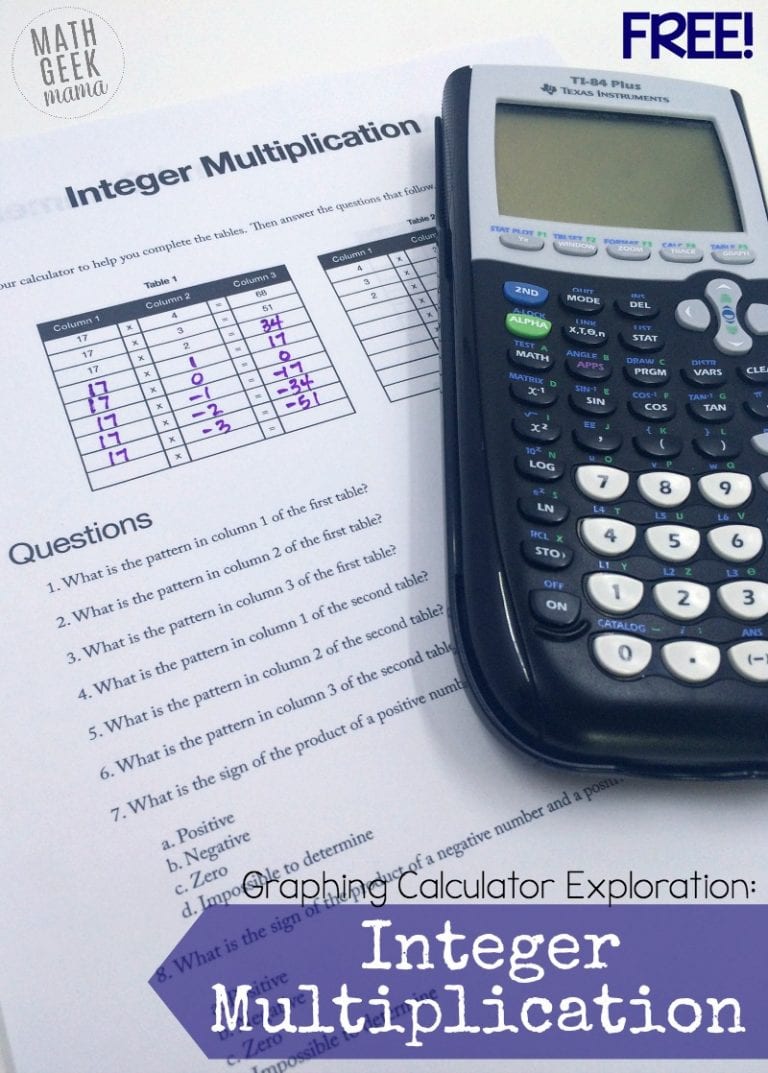
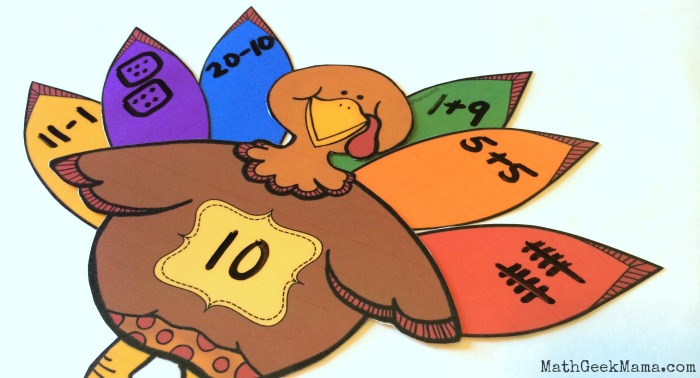
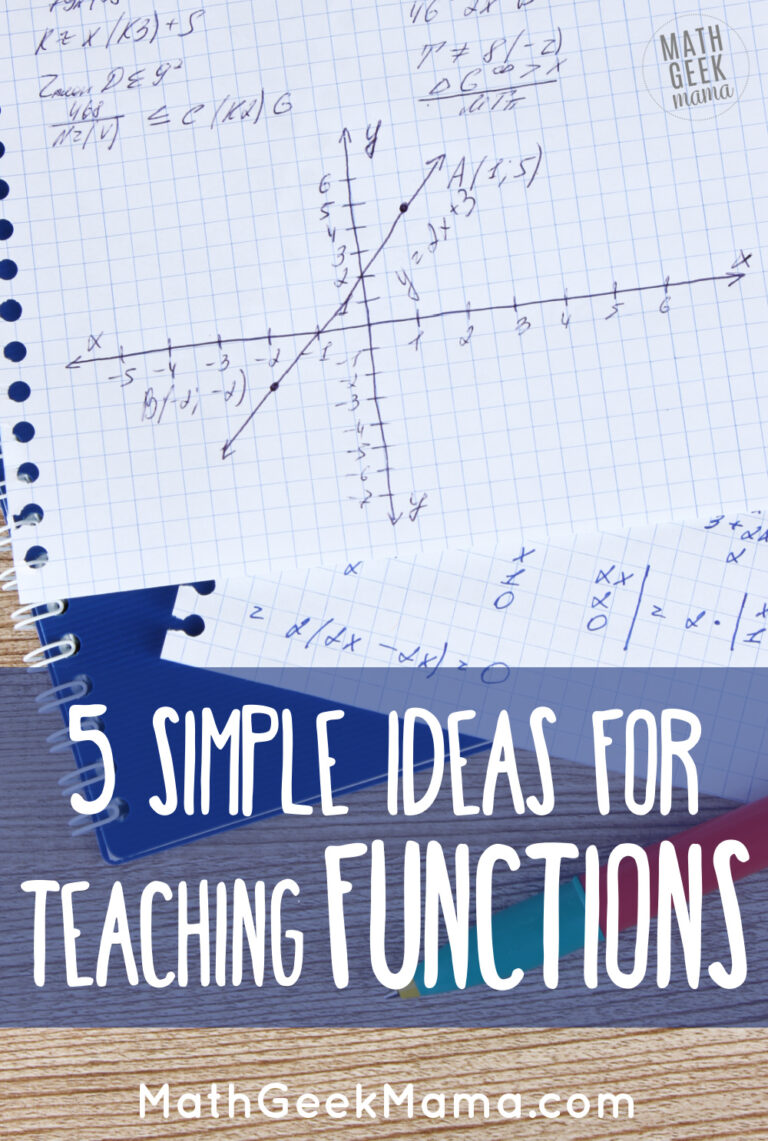
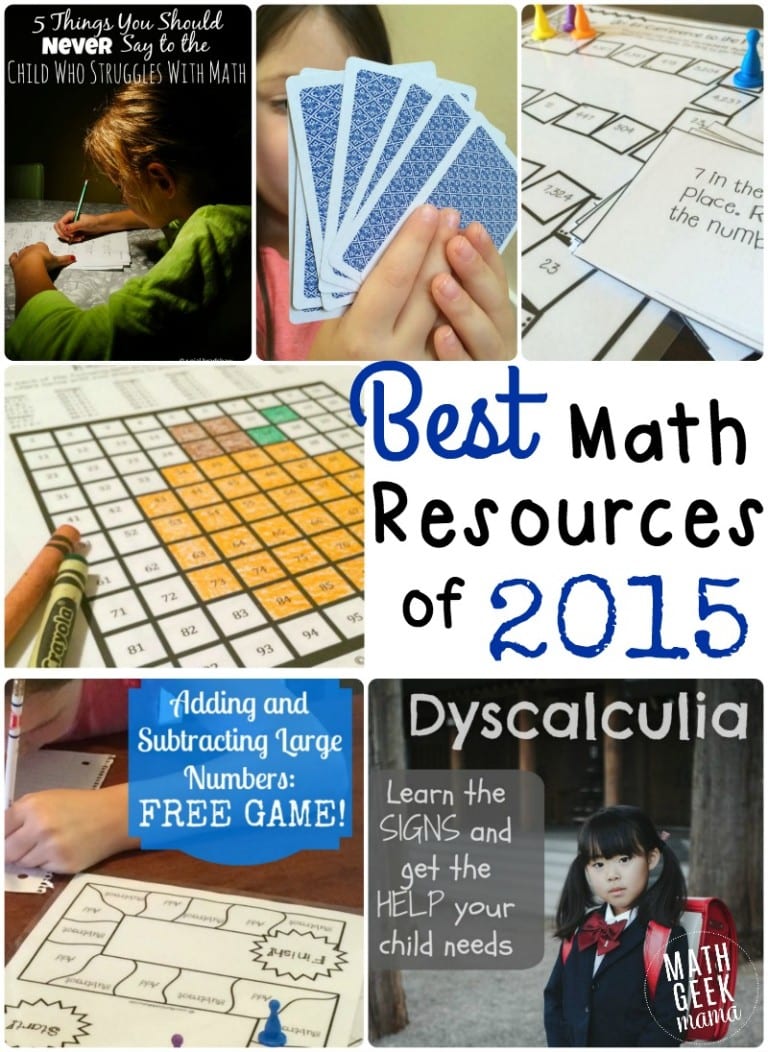
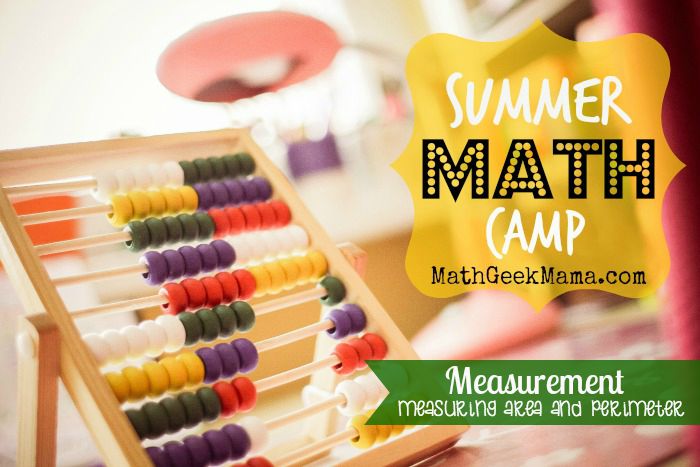
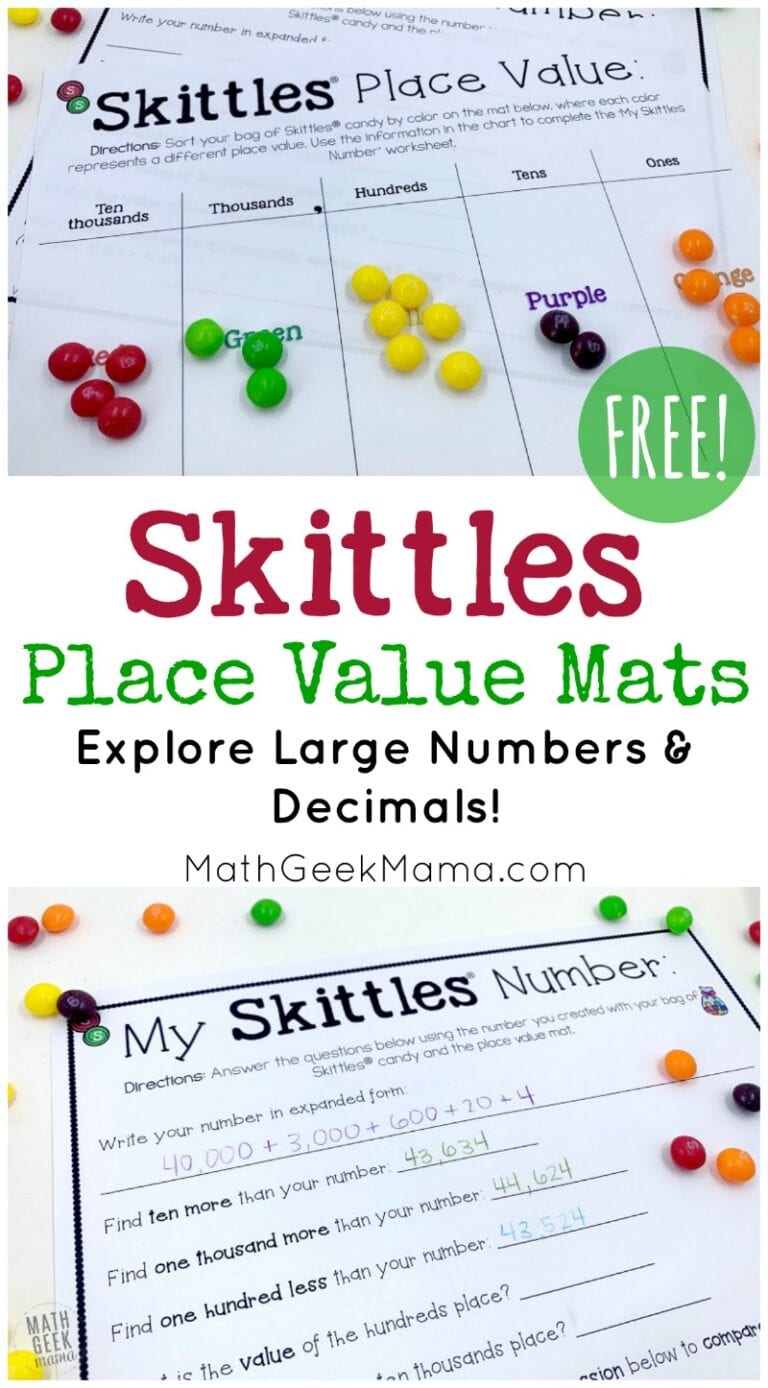




One Comment
Comments are closed.